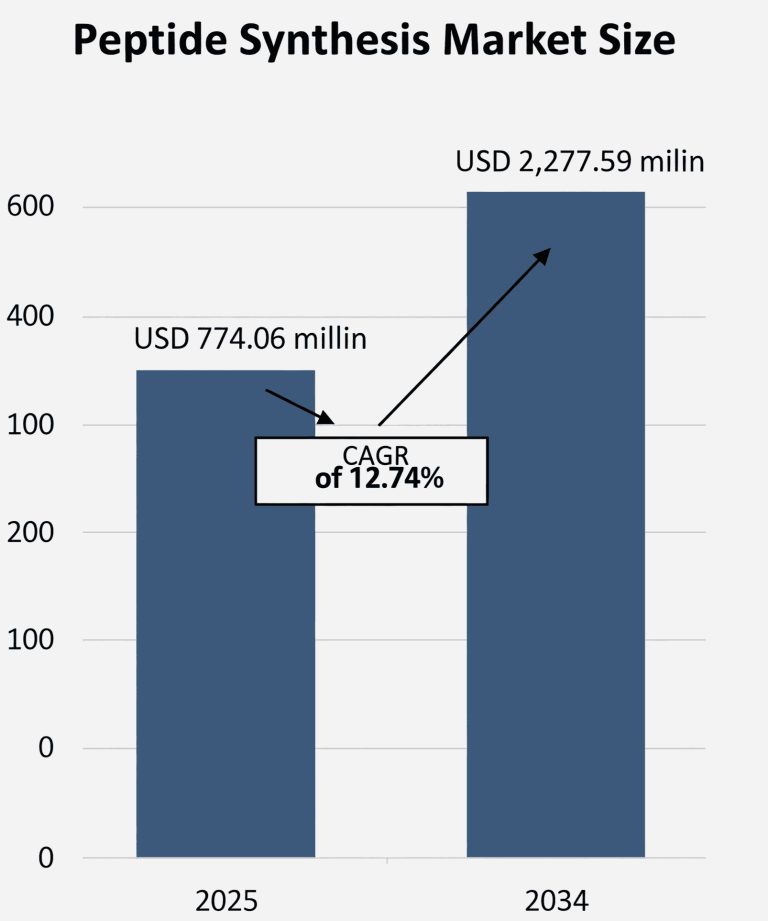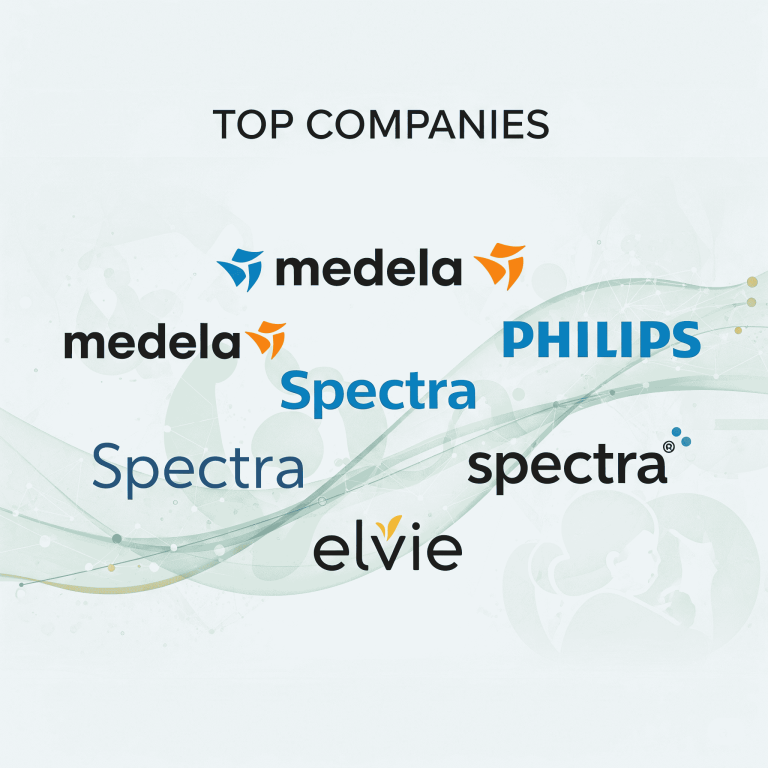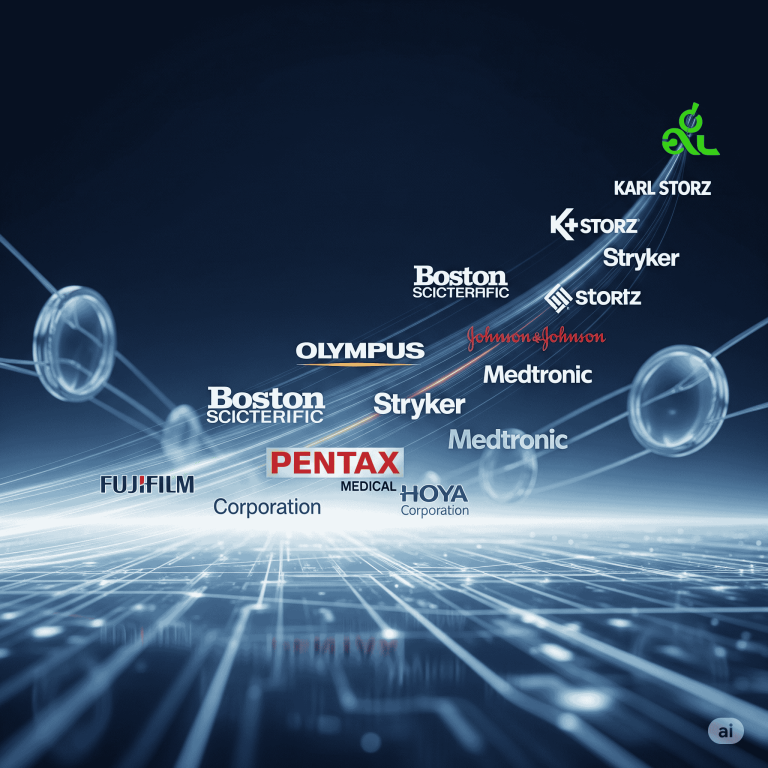
The global single-cell biotherapeutics market is on a robust growth trajectory, with projections indicating a surge into the hundreds of millions in revenue between 2025 and 2034. This rapid expansion is being driven by a combination of evolving consumer needs, technological breakthroughs, and increased investments in biomedical innovation.
Invest in Our Premium Strategic Solution: https://www.towardshealthcare.com/download-databook/5751
Market Overview
Single-cell biotherapeutics are revolutionizing the development of personalized therapies by enabling precise understanding of cellular behavior and disease mechanisms. Incorporating cutting-edge technologies like encapsulation, molecular delivery, and electrical stimulation, single-cell biotherapeutics are significantly enhancing drug delivery systems and cell therapy applications.
These technologies are increasingly applied in oncology, neurology, and rare genetic disorders. Moreover, their capacity to decode complex biological processes such as drug resistance, stem cell differentiation, and disease progression makes them invaluable in modern therapeutics.
Key Market Insights
-
North America held the largest market share in 2024, supported by robust healthcare infrastructure and active biotech players.
-
Asia Pacific is set to be the fastest-growing region through 2035, driven by rising government support and biotechnology advancements.
-
Consumables and reagents dominated the product segment in 2024 due to their critical role in laboratory processes.
-
Software and data analysis tools are projected to grow the fastest as they streamline data-driven decision-making in drug development.
-
Oncology led therapeutic applications in 2024, while neurology is expected to register the highest CAGR by 2035.
-
Single-cell RNA sequencing (scRNA-seq) led the technology segment in 2024, with CRISPR-based screening expected to rise rapidly.
-
Cancer was the top disease indication, and rare genetic disorders are set to show the fastest growth.
-
Pharmaceutical and biotechnology companies are the main end users, with academic and research institutions showing increasing adoption.
Get All the Details in Our Solutions – Access Report Preview: https://www.towardshealthcare.com/download-sample/5751
Market Trends and Notable Announcements
Advancements and Funding in Europe
-
Egle Therapeutics received €9.3 million in March 2025 under France’s “Innovations in Biotherapies and Bioproduction” initiative.
-
Vivet Therapeutics secured €4.9 million to develop a gene therapy for cerebrotendinous xanthomatosis (CTX), a rare neurodegenerative disease.
-
These announcements reflect Europe’s dedication to fostering biotechnology innovation.
U.S. Market Expansion
-
BioBridge Global launched a new subsidiary, BBG Advanced Therapies, in January 2025 to streamline cell and gene therapy services.
-
Abeona Therapeutics achieved FDA approval for its gene-modified cellular sheet product, ZEVASKYN, in April 2025 to treat RDEB.
Mergers and Acquisitions
-
AstraZeneca agreed to acquire EsoBiotec in March 2025, aiming to transform the cell therapy space through its in vivo engineered platform.
-
Merck announced in April 2025 its acquisition of SpringWorks Therapeutics, emphasizing a strategic focus on rare tumors and U.S. expansion.
-
Johnson & Johnson completed the acquisition of Intra-Cellular Therapies, enhancing its innovative medicine portfolio.
Innovation in Technology and Tools
-
Parse Biosciences launched high-throughput single-cell RNA sequencing kits capable of analyzing up to 5 million cells.
-
Lightcast Discovery introduced the Envisia benchtop platform, advancing functional antibody screening.
If you have any questions, please feel free to contact us at sales@towardshealthcare.com
Artificial Intelligence: A Game Changer
AI integration is reshaping the single-cell biotherapeutics landscape. AI tools enhance data analysis, biomarker discovery, and therapy personalization by analyzing vast molecular and patient datasets. These capabilities are crucial in identifying new drug targets and improving clinical outcomes.
AI also enables integration of omics data, facilitating disease-stage prediction and individualized therapy design. This synergy between AI and single-cell technology promises unprecedented progress in precision medicine.
Market Drivers
Rising Incidence of Infectious Diseases
Global outbreaks of diseases like tuberculosis, lower respiratory infections, and neonatal disorders are prompting the need for innovative diagnostic and therapeutic tools. Single-cell technologies such as NGS and FACS are being deployed to study cellular heterogeneity and its role in infectious disease progression.
Technological Advancements
Recent breakthroughs in single-cell technologies are providing new avenues for research in rare cell types, stem cells, and organ-specific molecular functions. These advancements are vital for deepening our understanding of complex diseases and enhancing therapeutic development.
Market Challenges
High Cost of Reagents
Single-cell experiments demand individual reactions for each cell, increasing reagent usage and cost—often 10 to 20 times higher than bulk sequencing methods. This poses a financial constraint, particularly for large-scale applications.
Regional Analysis
North America: Global Leader in Biotherapeutics
The region’s dominance is underpinned by early adoption of cutting-edge healthcare technologies, a strong biotechnology sector, and world-renowned institutions. Companies like Genentech, Biogen, and Amgen are central to this ecosystem.
United States
The U.S. is prioritizing innovation in diagnostics, data management, and drug discovery through AI integration, driving demand for single-cell solutions.
Canada
With a publicly funded healthcare system and increased research spending, Canada is leveraging biotherapeutics to address diverse therapeutic needs.
Asia Pacific: The Fastest-Growing Market
Growth in this region is fueled by rising healthcare investments, precision medicine uptake, and a flourishing biotech startup ecosystem—particularly in China, India, Japan, and Singapore.
China
Government reforms in clinical trials, a large patient population, and strong research infrastructure make China a hotbed for biotherapeutic innovation.
India
India’s evolving middle class, policy reforms like Ayushman Bharat, and rapid digital transformation in healthcare are expanding opportunities for advanced therapeutics.
Segmental Analysis
Product Type
-
Consumables and reagents remain critical for cell culture and analysis.
-
Software and data tools are increasingly vital for managing large datasets and supporting treatment design.
Therapeutic Application
-
Oncology remains the primary application due to the need for understanding tumor heterogeneity.
-
Neurology is rapidly gaining attention as single-cell profiling aids in decoding neurological disorders.
Technology
-
scRNA-seq enables detailed analysis of gene expression and immune system dynamics.
-
CRISPR-based screening is revolutionizing gene function studies and targeted therapy development.
Disease Indication
-
Cancer leads the way due to its complexity and unmet treatment needs.
-
Rare genetic disorders benefit from single-cell insights for diagnosis and therapy development.
End User
-
Pharmaceutical and biotech firms utilize single-cell platforms for drug discovery and cell therapy.
-
Academic institutions are embracing the technology for cutting-edge research across multiple biological disciplines.
Conclusion
The single-cell biotherapeutics market is poised for transformative growth. As technological innovation accelerates and global healthcare systems shift toward precision medicine, the demand for single-cell analysis tools will continue to rise. With robust investment, strategic collaborations, and evolving AI integration, this market is expected to redefine the future of personalized healthcare.
Source : https://www.towardshealthcare.com/insights/single-cell-biotherapeutics-market-sizing




